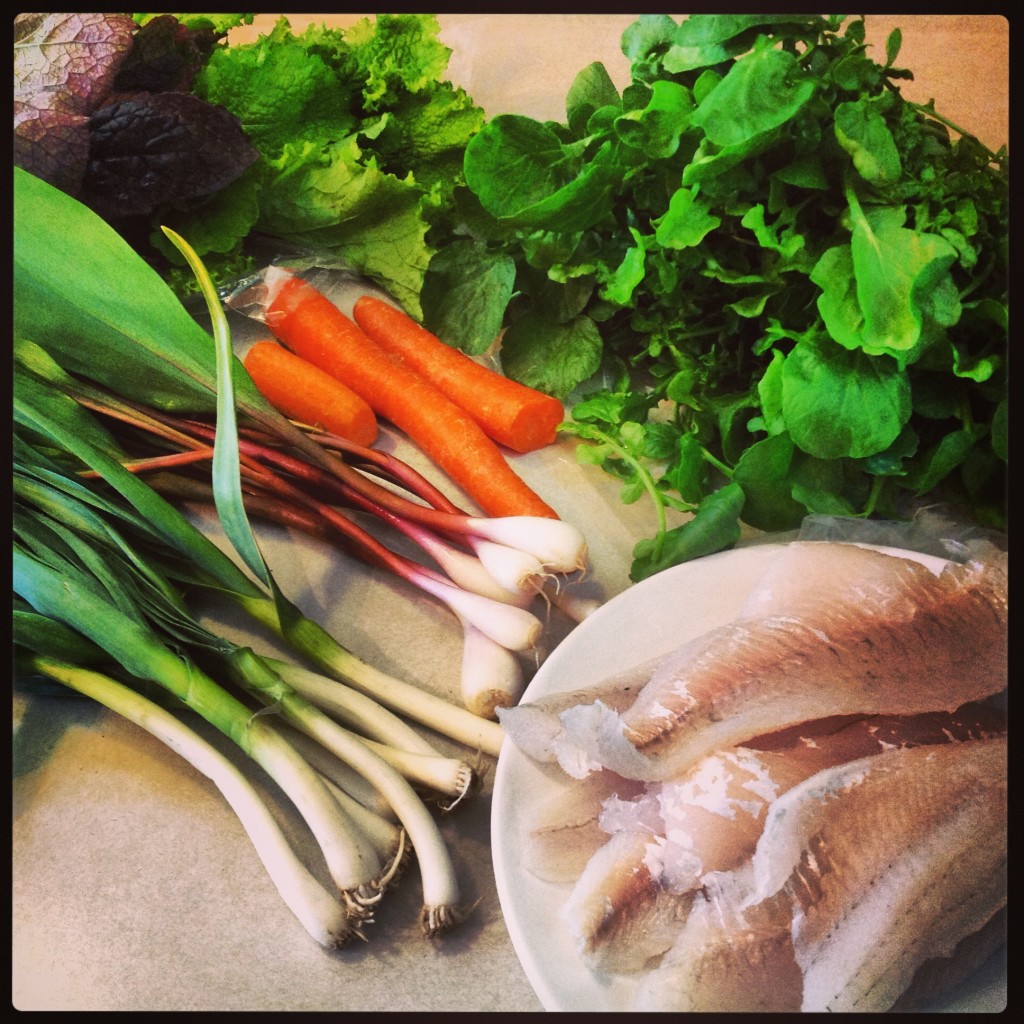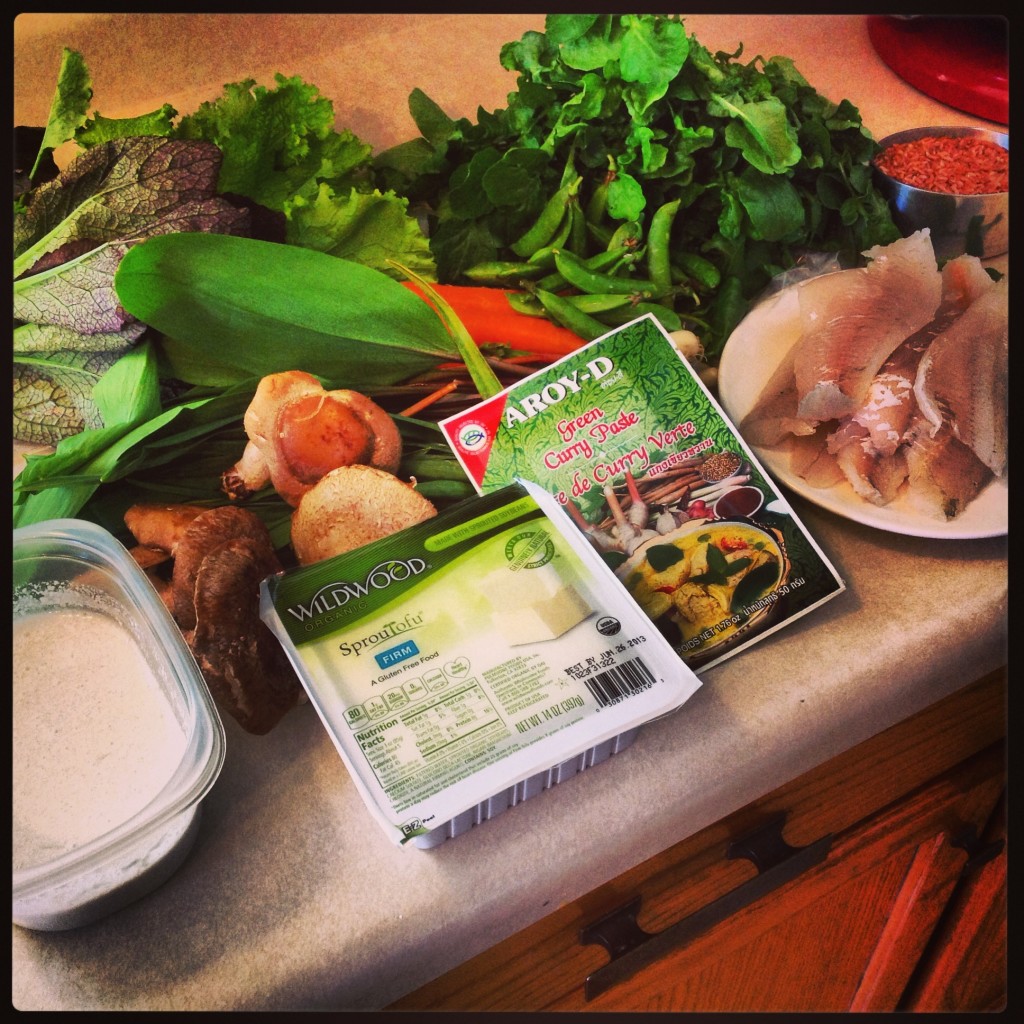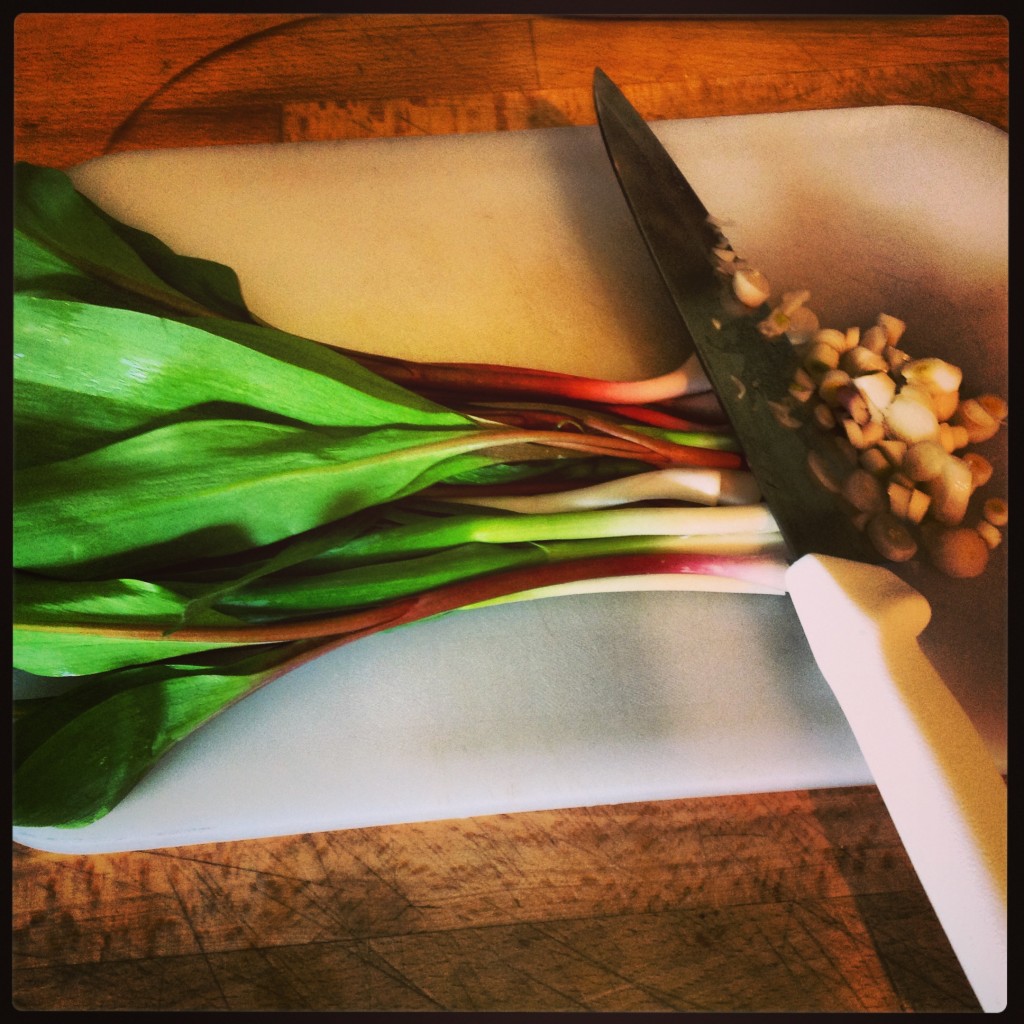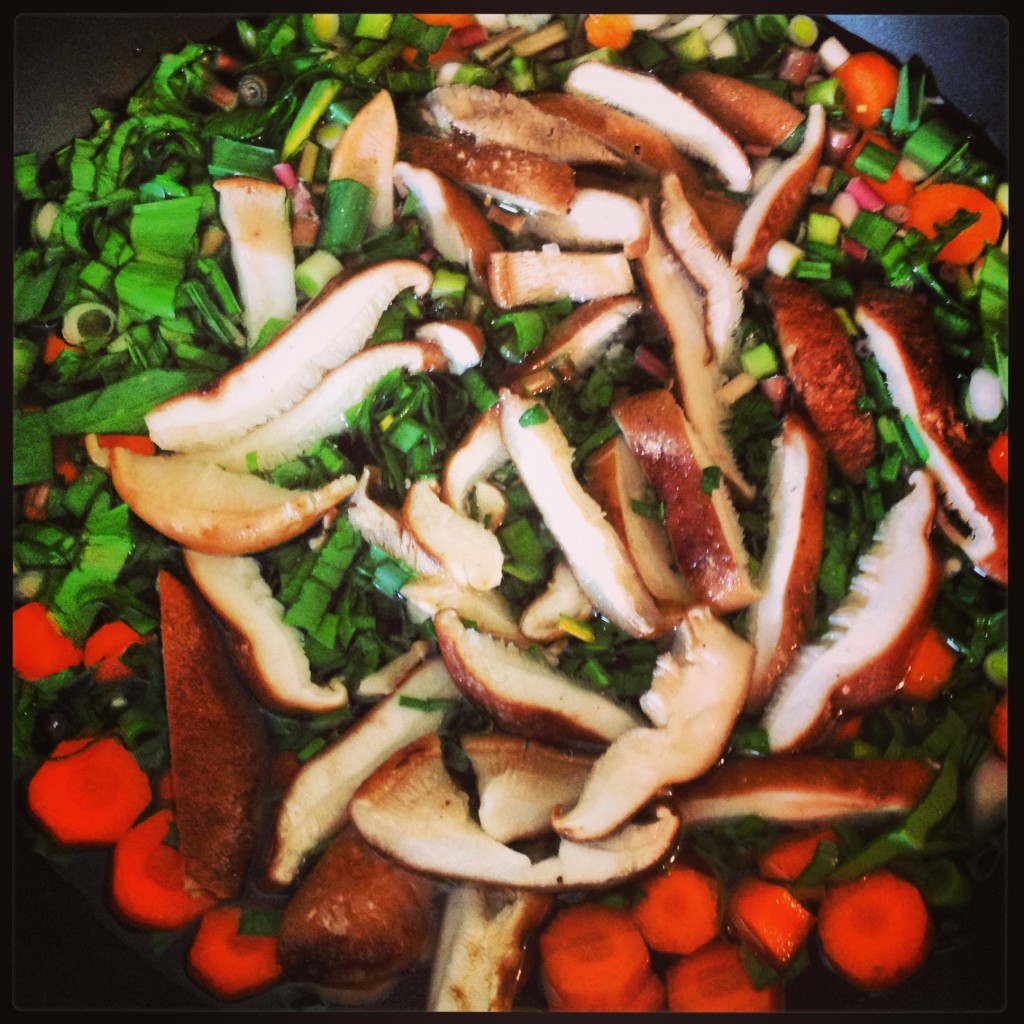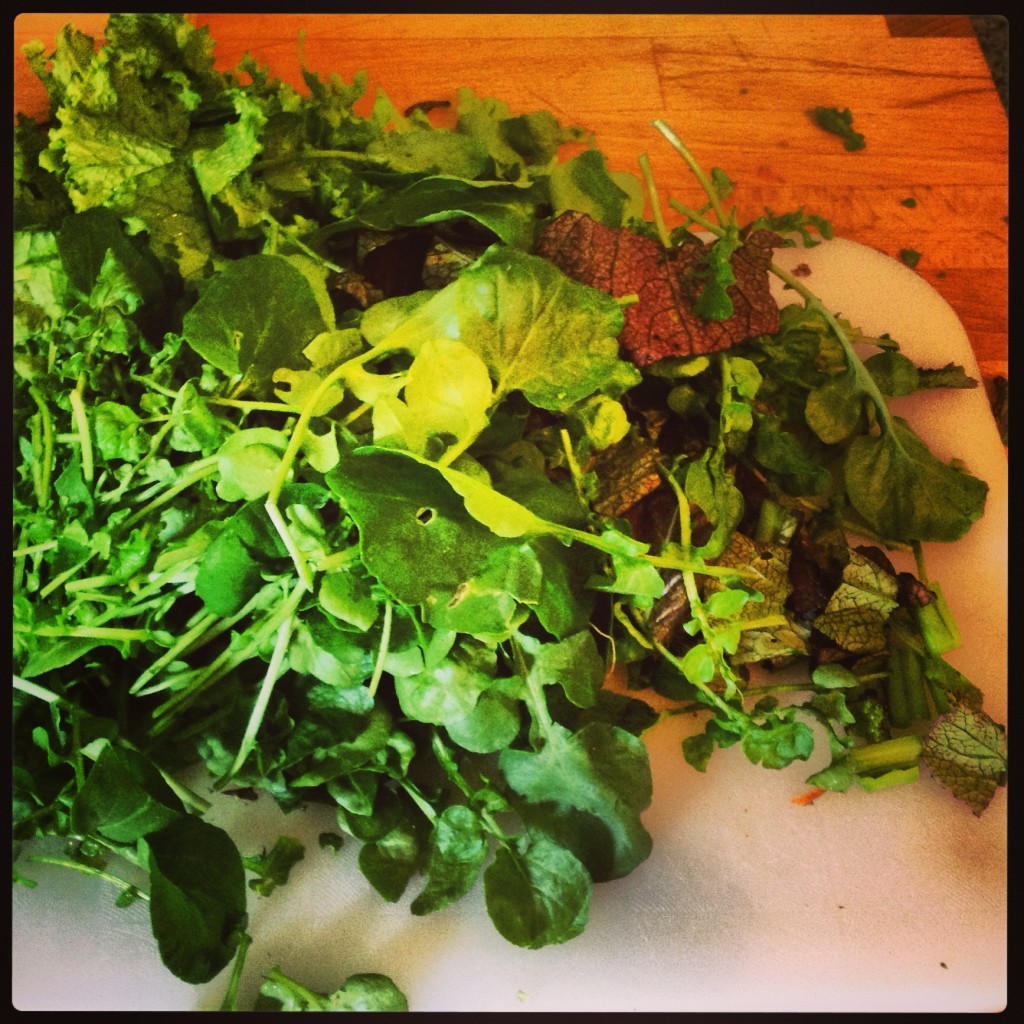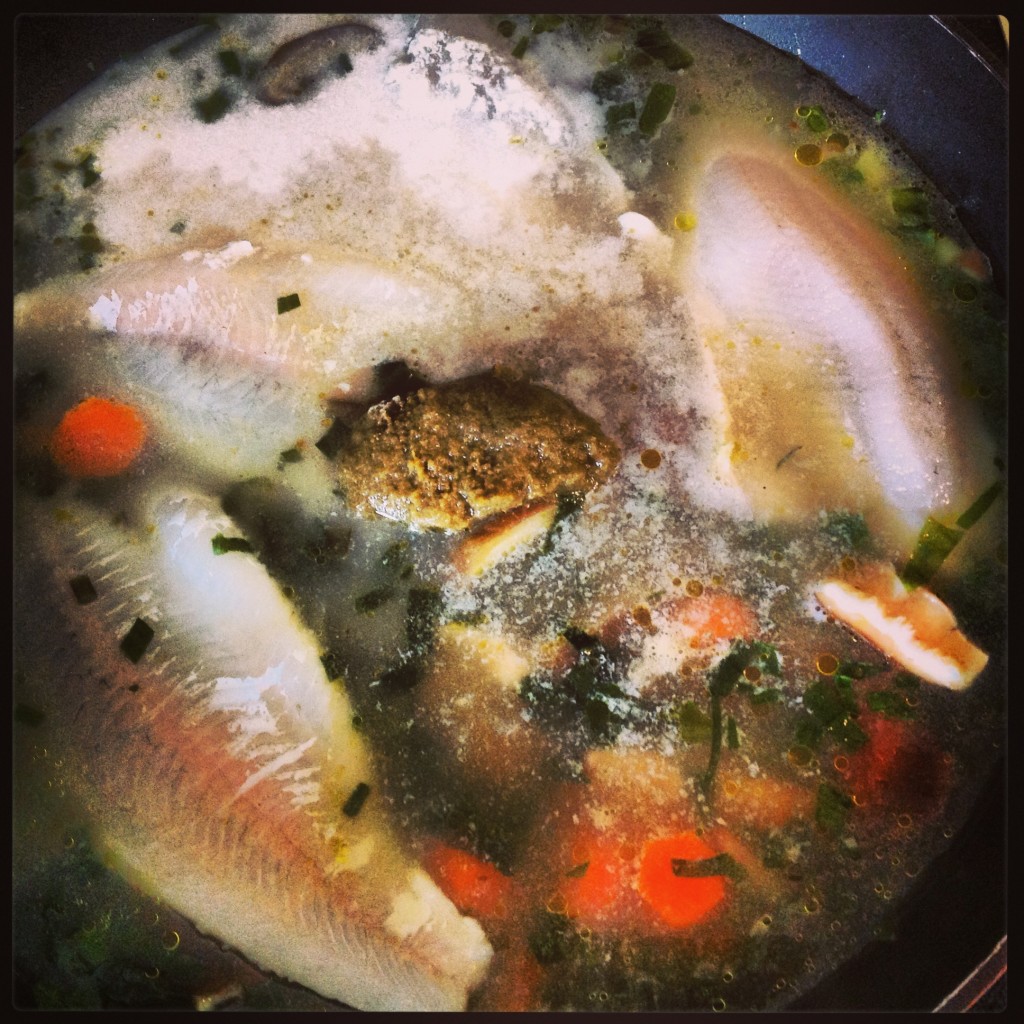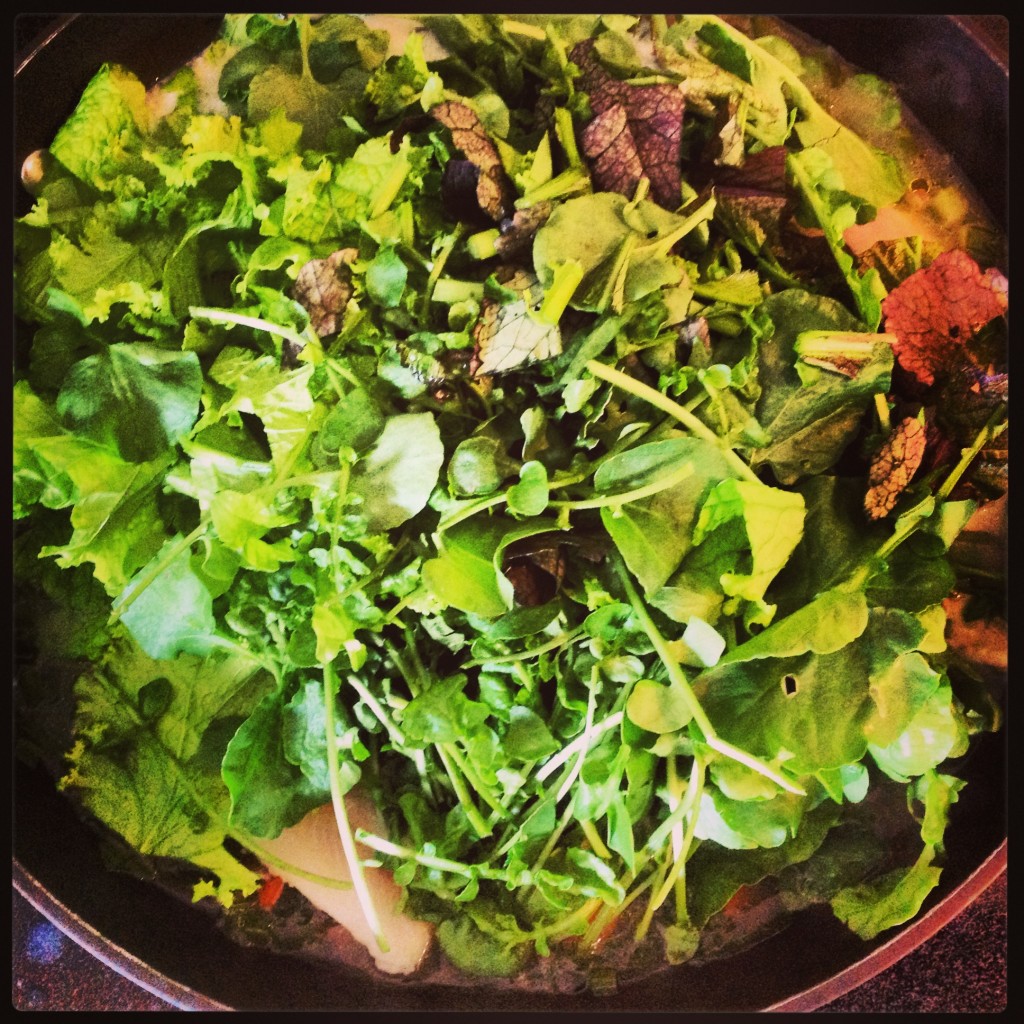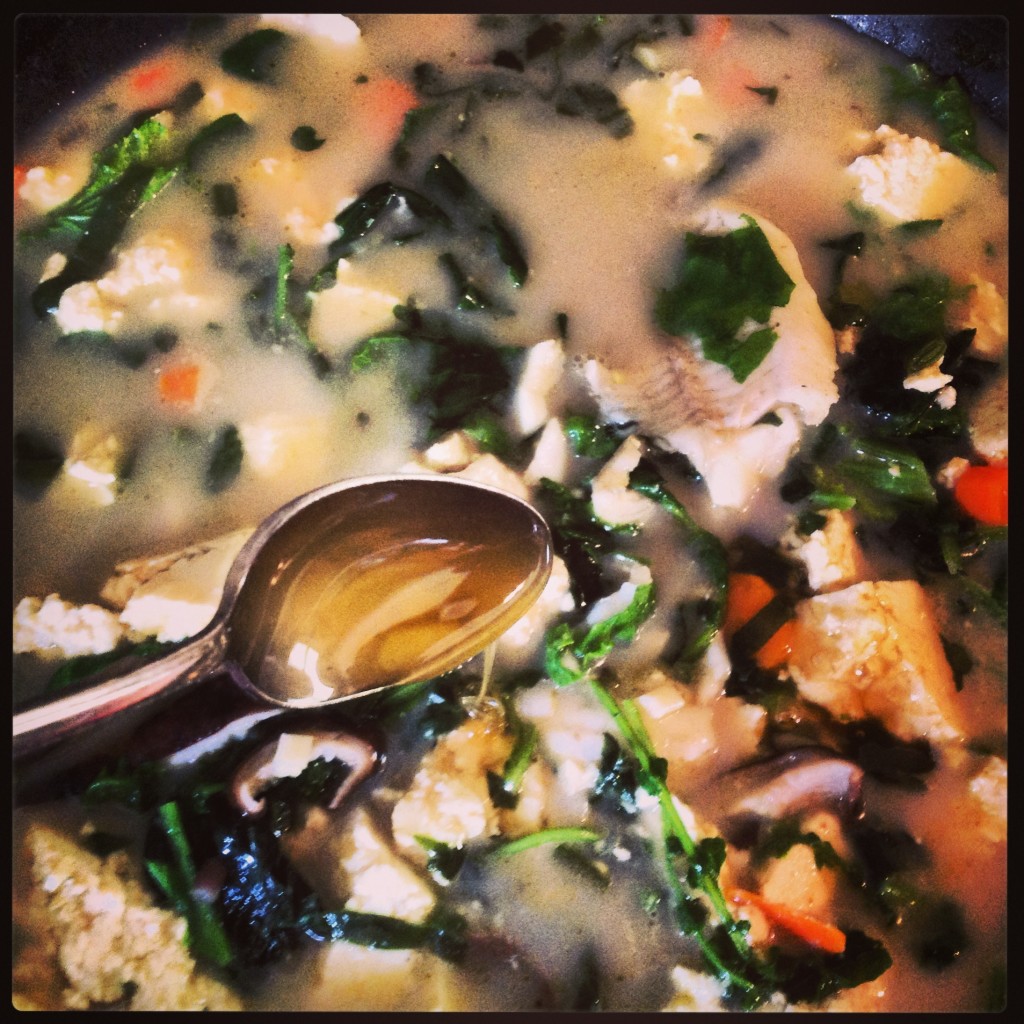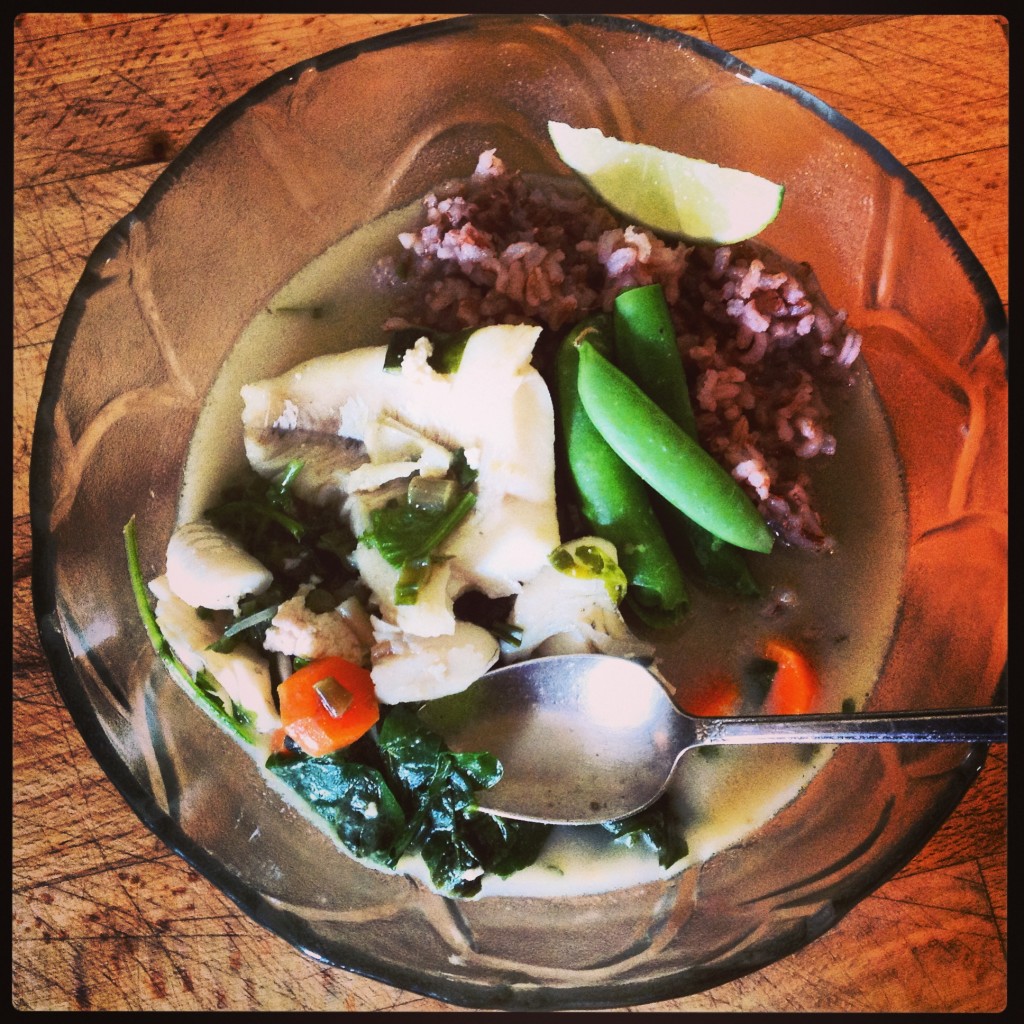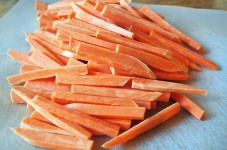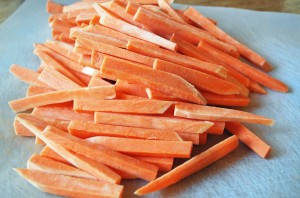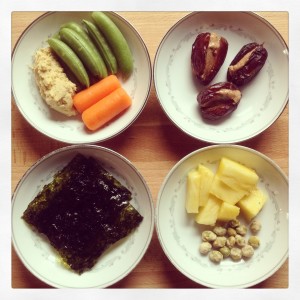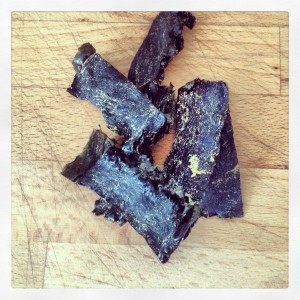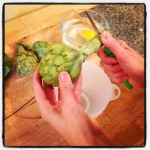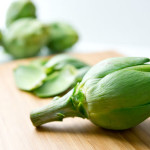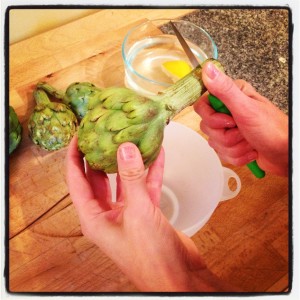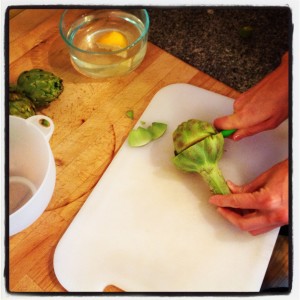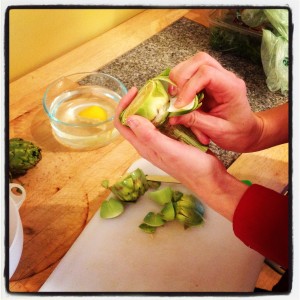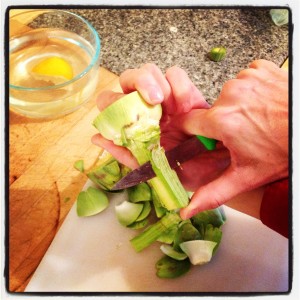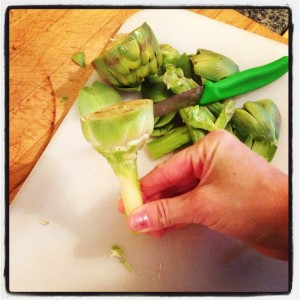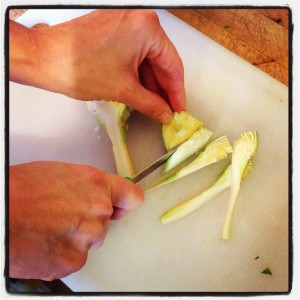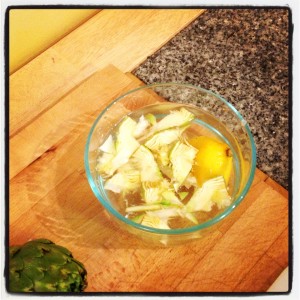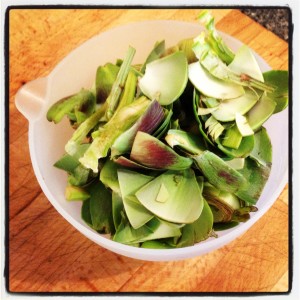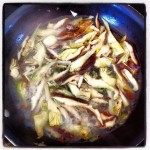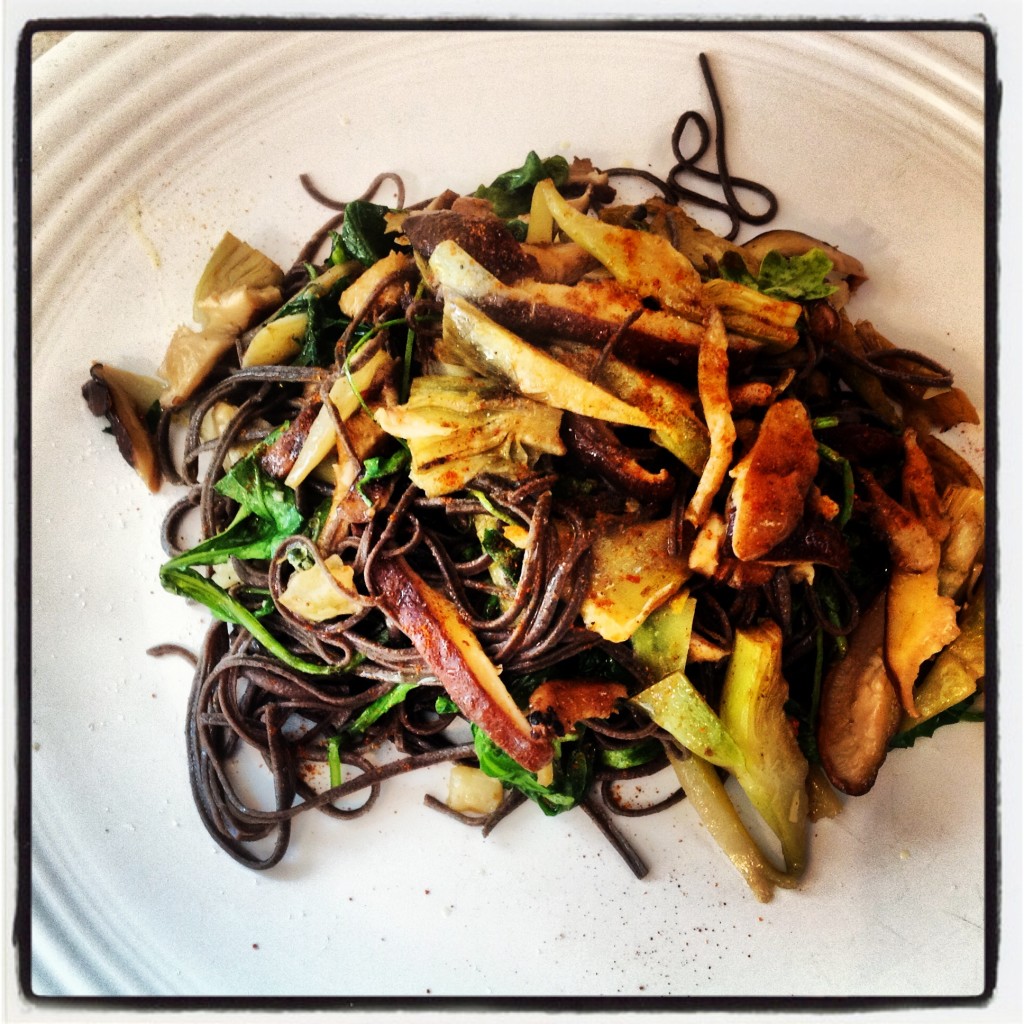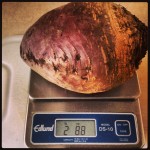
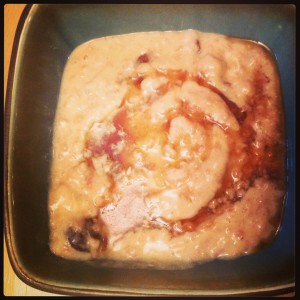 Sometimes you need to write a blog post because when you search the internet for the topic you want more information about, you don’t find exactly what you are looking for. A while ago now my mother-in-law told me about mixing egg into oatmeal to add protein and make it more sustaining. I thought it was a great idea at the time but didn’t try it myself until recently. Like so many things that we “finally” get around to doing, this is a huge game-changer for me. As a “protein-type”, I need more protein and healthy fat in my daily diet. I have found that some of this protein needs to come from animals if I am to feel good. Eggs, chicken, pork, beef, bison, venison, fish, and seafood are all part of my weekly menu and even a very small amount of these proteins, in combination with healthy carbohydrates (vegetables, nuts, seeds, legumes and whole grains) will ensure that I’m not starving two hours after I eat and that I feel good and maintain my ideal weight.
Sometimes you need to write a blog post because when you search the internet for the topic you want more information about, you don’t find exactly what you are looking for. A while ago now my mother-in-law told me about mixing egg into oatmeal to add protein and make it more sustaining. I thought it was a great idea at the time but didn’t try it myself until recently. Like so many things that we “finally” get around to doing, this is a huge game-changer for me. As a “protein-type”, I need more protein and healthy fat in my daily diet. I have found that some of this protein needs to come from animals if I am to feel good. Eggs, chicken, pork, beef, bison, venison, fish, and seafood are all part of my weekly menu and even a very small amount of these proteins, in combination with healthy carbohydrates (vegetables, nuts, seeds, legumes and whole grains) will ensure that I’m not starving two hours after I eat and that I feel good and maintain my ideal weight.
I used to make steel cut oats with nuts, fruit, and a little fat (coconut oil or butter) and love it….but it didn’t sustain me through the morning. By 10:30am my stomach was rumbling and I needed a snack.
With the addition of egg to my oatmeal, those days are gone.
In fact, as I write this blog post my stomach is happily content having eating a bowl of this super-charged oatmeal for breakfast four hours ago.
So, how does one add egg to oatmeal? The first thing I should say is, think pudding, NOT scrambled eggs. Traditional pudding is made by tempering eggs into hot milk. Eggs are tempered into liquid and used as thickeners in all kinds of savory cooking also, most often in sauces or soups. The classic greek avgolemono soup is a great example of the use of eggs to create a creamy soup. I like this recipe for avgolemono soup because it uses brown rice.
All these types of recipes involve slowly heating beaten eggs with hot liquid so that they thicken the mixture rather than turn to scrambled eggs within the mixture.
So how do you temper an egg into oatmeal?
1) Here’s the Basic Recipe for Oatmeal with Tempered Egg
One cup steel cut oats
4 ½ cups water if using slow cooker, 3 cups of water if making on stovetop
3 eggs
2) Either cook these proportions of oatmeal and water in a slow cooker on “keep warm” or the lowest setting overnight, on the next lowest setting, usually “low” for 3-4 hours (say, after work into your evening) or on the stove top for 45 minutes on low heat, stirring every 10 minutes or so.
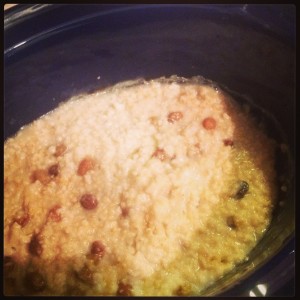 2) When oatmeal is finished cooking, it should be at a consistency at which you can ladle it into a bowl (not too clumpy and thick, but not too thin and gruel-like). If it’s too thick add some water and reheat. If it’s too thin adjust your recipe for next time.
2) When oatmeal is finished cooking, it should be at a consistency at which you can ladle it into a bowl (not too clumpy and thick, but not too thin and gruel-like). If it’s too thick add some water and reheat. If it’s too thin adjust your recipe for next time.
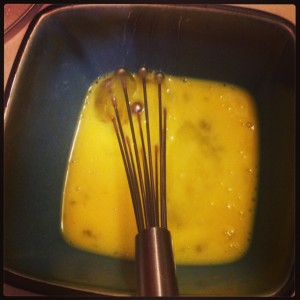 3) Beat the eggs in a mixing bowl. Add a small amount of steaming hot oatmeal (half cup or so) to the bowl and quickly whisk into the eggs. Add another small amount (another half cup) and whisk into the mixture. Continue doing this about 2 to 3 more times until you’ve got a very creamy looking egg mixture with more oatmeal than egg.
3) Beat the eggs in a mixing bowl. Add a small amount of steaming hot oatmeal (half cup or so) to the bowl and quickly whisk into the eggs. Add another small amount (another half cup) and whisk into the mixture. Continue doing this about 2 to 3 more times until you’ve got a very creamy looking egg mixture with more oatmeal than egg.
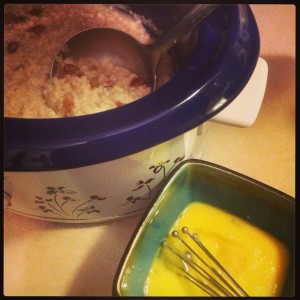
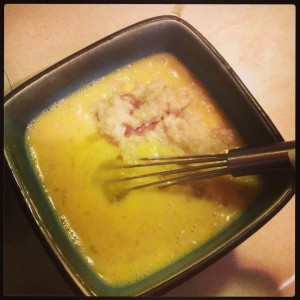 4) Dump the whole mixture back into your original pan of oatmeal, whisk thoroughly, and you are done. You’ve got a creamy, “pudding-like” consistency and you’re good to go. I like to make my oatmeal in a slow cooker on low heat over approximately 3-4 hours when I get home from work. Once it’s cooked I mix the eggs in, season the oatmeal with nuts or seeds, butter or coconut oil, maple syrup and some fruit like raisins, apples, or berries, and I then package it up in portioned out containers for myself and my husband to take to his classroom and enjoy as he preps for his first class (he’s a teacher).
4) Dump the whole mixture back into your original pan of oatmeal, whisk thoroughly, and you are done. You’ve got a creamy, “pudding-like” consistency and you’re good to go. I like to make my oatmeal in a slow cooker on low heat over approximately 3-4 hours when I get home from work. Once it’s cooked I mix the eggs in, season the oatmeal with nuts or seeds, butter or coconut oil, maple syrup and some fruit like raisins, apples, or berries, and I then package it up in portioned out containers for myself and my husband to take to his classroom and enjoy as he preps for his first class (he’s a teacher).
This oatmeal is an integral part of our winter breakfast rotation.




